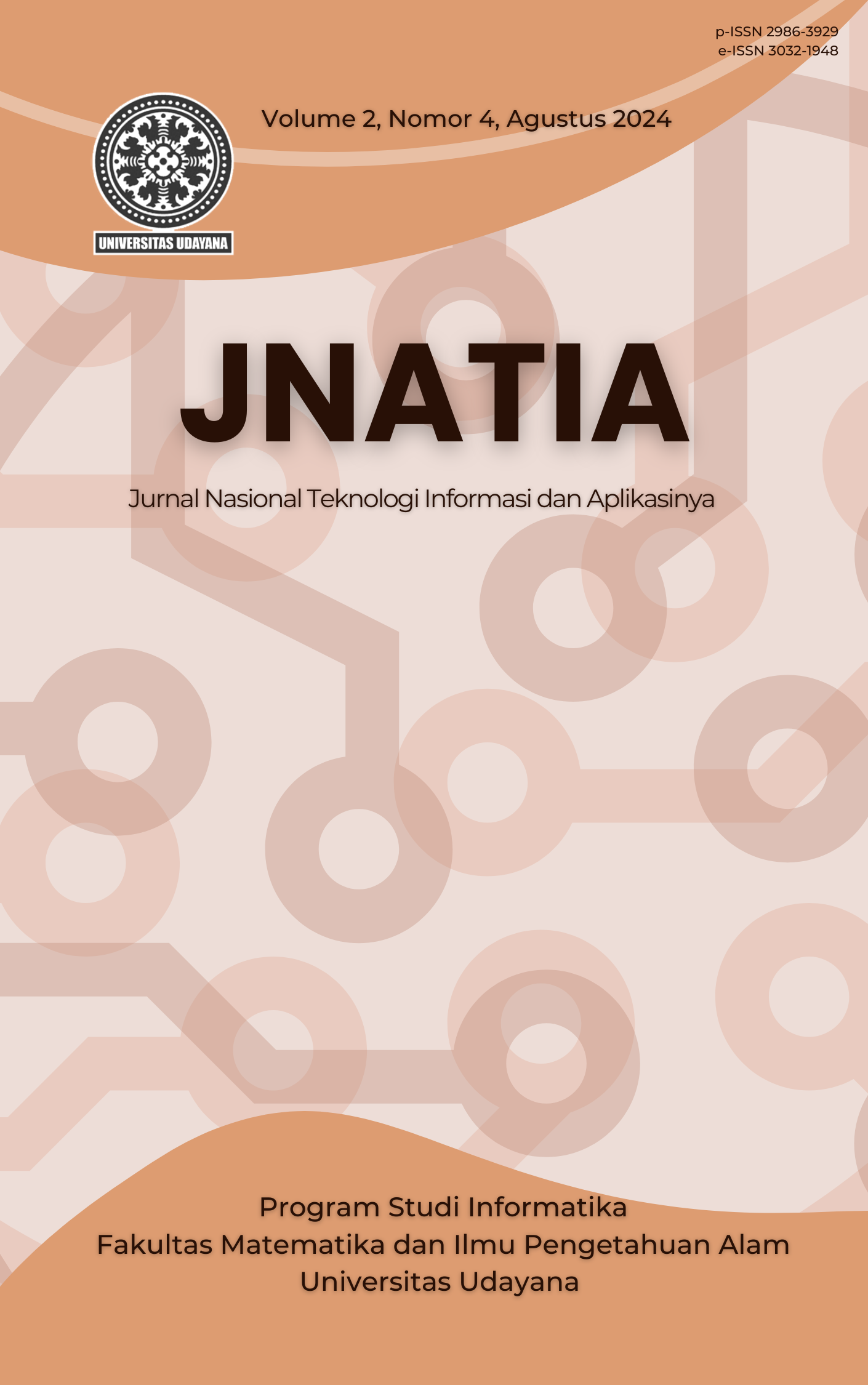Sistem Pendukung Keputusan Pemilihan Jalur Peminatan Menggunakan Metode Analytical Hierarchy Process
Abstract
The selection of the path of interest is an important stage for Udayana University Informatics students. This decision determines the study and the topic of their final assignment. Challenges, such as varied choices, limited quotas, and student uncertainty often accompany the election process. It causes doubts and confusion in decision-making. The study builds a decision support system based on AHP to help students choose their path of interest. Analytical Hierarchy Process (AHP) allows comprehensive analysis and recommendation of paths that match preferences and relevant criteria, where these criteria are determined through observations and interviews conducted with students in related environments. Using the student's grades and preference levels for the 15 basic courses they passed during the first three semesters of the course, this AHP-based decision support system is implemented to facilitate students' decision-making related to the path of interest they will choose.




